We have a 4.88m x 2.74m x 1.22m (13m³) Bestway swimming pool in the backyard. We only use the pool when the pool water temperature is > 25°C, but it only happens if there are intensive sunshine and high ambient temperatures for a few days in a row.
To speed things up and extend the pool usage time, I decided to create a solar heater using 16mm LDPE pipes. These are typically used in irrigation systems and are UV resistant, black in color and with thin walls thus ideal to heat up water. I purchased two rolls 100m each, totaling 200m and an additional 25m garden hose to connect to the pool. I bought a second-hand Grundfos circulation pump and curled up the black irrigation pipes on the roof of a nearby tool shack. The shack’s roof is covered with bitumen tiles, these heat up quite a lot under the sun, contributing to the heating effect. That is a quick and dirty way, it would be much better to spiral the pipe on some holder structure, but I admit that I was just too lazy and the pipes aren’t visible from the ground thus they posed no aesthetical annoyance.
That would pretty much do, but what about doing some measurements to assess this solution’s effectiveness? To provide metrics I hooked up three wireless temperature sensors: one measures air temperature, second measures pool temperature and the third measures the solar heated water temperature. A relay powers the circulation pump on and off based on a schedule.
To measure the harvested solar energy, I use the formula for volumetric flow rate in a heating system:
q = h / (cp ρ Δt)
where:
q = volumetric flow rate (m³/s) h = heat flow rate (kJ/s, kW) cp = specific heat (kJ/kg°C) ρ = density (kg/m³) Δt = temperature difference (°C)
The circulation pump manages to pump constant 1.55 l of water per minute (q).
The specific heat of water (cp) is assumed to 4.186 kJ/kg°C for the temperature range I anticipate.
The density of water (ρ) is averaged to 998 kg/m³ for the temperature ranges I anticipate.
The temperature difference (Δt) will be provided by the difference of readings of the solar heated water and the pool temperature.
All of the above values can fluctuate based on temperature, pressure, water consistency and other factors, so we assume approximate values.
So solving the above equation for h with the constants above gives us:
h = q (cp ρ Δt) h = (4.186 kJ/kg °C)*(998 kg/m³)*(1.55 liter)*(1/1000 m³/liter)*(Δt °C)/((1 min)*(60 s/min)) h = (4.186)*(998)*(1.55 )*(1/1000)*(Δt) / ((1)*(60)) h = 0.107922 Δt
So for example, if the pool temperature is 20°C and the solar heated water temperature is 45°C, the momentary heat flow rate can be calculated as
h = 0.107922 * (45°C-20°C) = 2.69805 kW
On a sunny and hot day, the solar heated water can easily reach 55°C.
I record the metrics and calculated harvest using emoncms. I have a daily kWh feed that summarises the harvested energy by day and will have calculations on the savings compared to electrical heating at the end of the season. Currently, the system yields roughly 10kWh per day.
- Emoncms processors list
- Power calculation
Below is a live dashboard:
[Edit Sept 2018: the summer season is over, so the project is disconnected. Inserting a static image for reference.
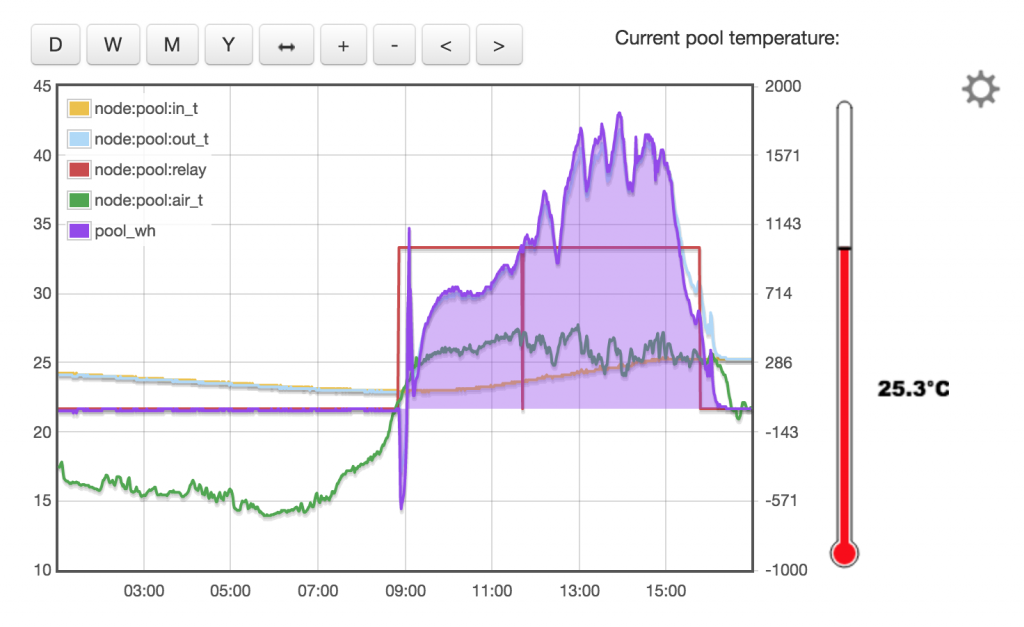
Project cost:
• 200m 16mm LDPE pipes – 40 EUR
• 25m garden hose – 25 EUR
• Second-hand Grundfos circulation pump – 30 EUR
• Misc connectors, adaptors etc- 20 EUR

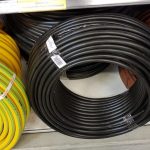
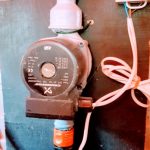
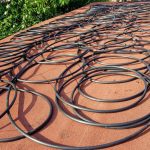
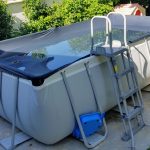
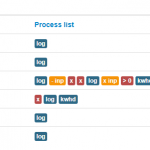

Looks good! 🙂
Do you switch the relay by time? Wouldn’t it be better to switch off as soon as the water temperatur from the heating hose drops below the pool temperature?
Excellent point. I currently switch by time. The problem with controlling by heated hose temperature is that it is only credible if pump is on, i.e. I can use it to switch off, but not to turn on.. this is something I have to figure, maybe another sensor attached to the pipes on the roof will do.
Awesome project, I am going to steal your idea with pride I think 🙂
But I can’t quite figure out how you attached the hose to the pump – do you mind sharing what fittings you used?
Thanks J
Hi,
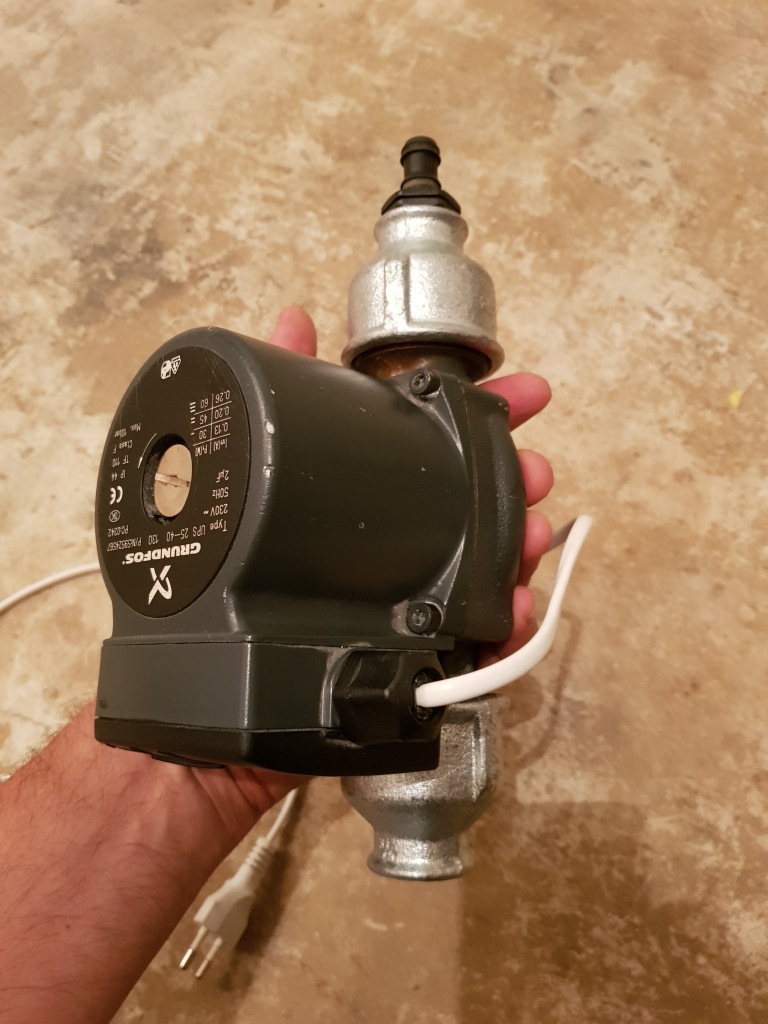
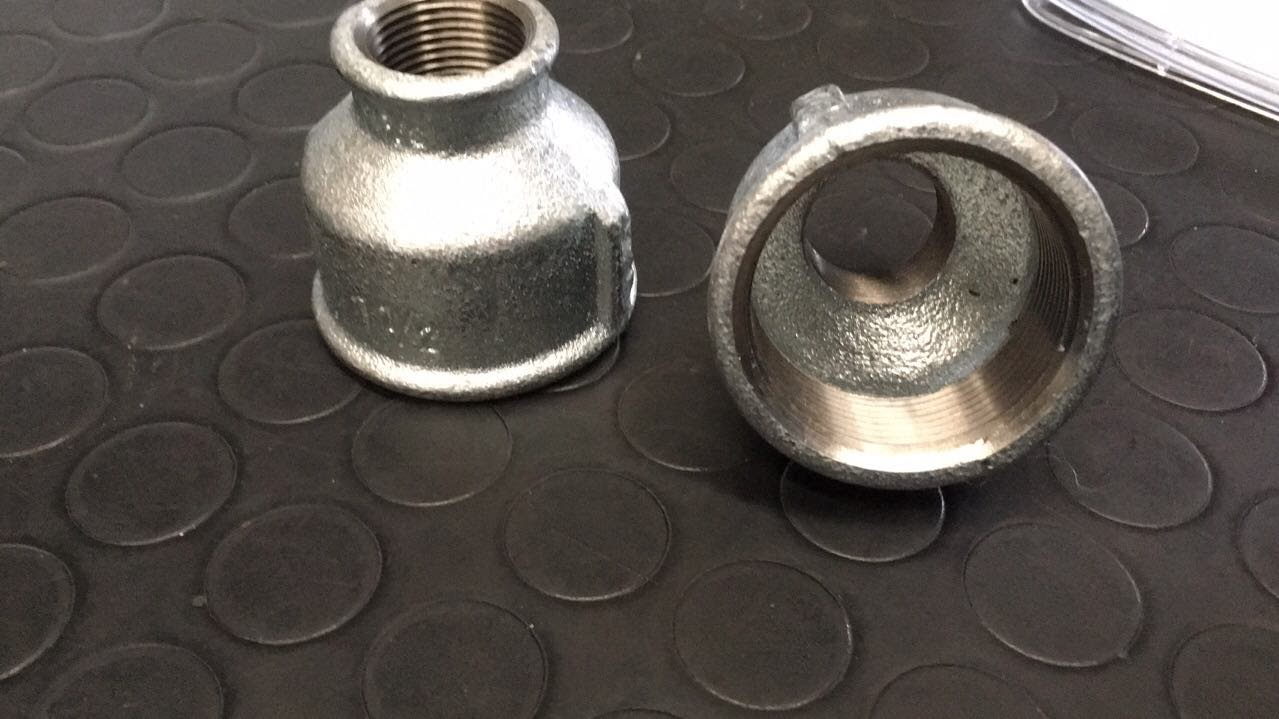
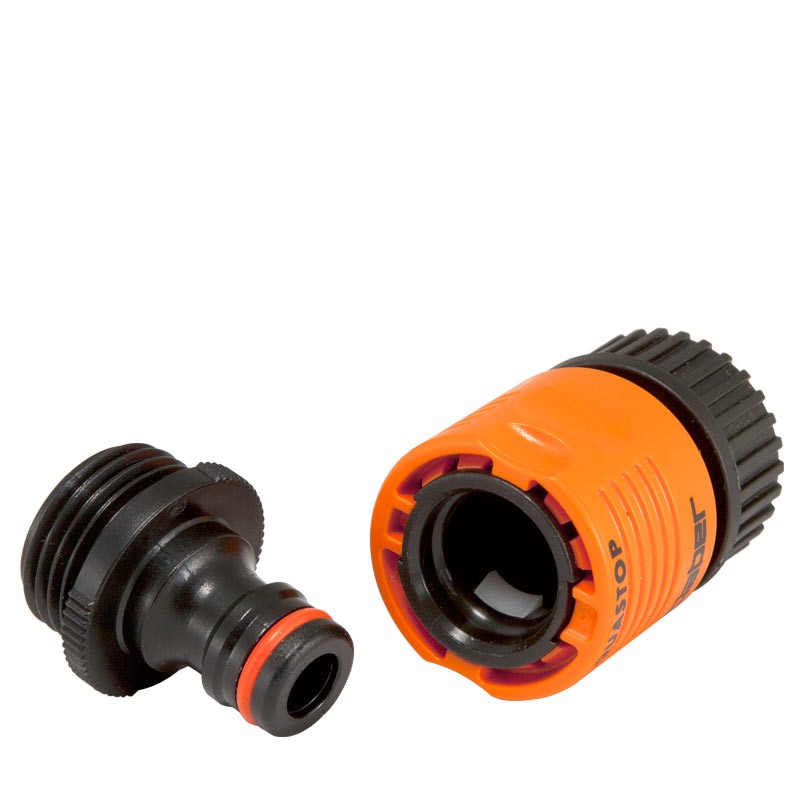
here are some pictures that will help you get the idea:
mind the air in the system, you need to expel it carefully in order for the pump to work.
Awesome, thank you! I was going to use hozelock to connect the hose to the coil as well,s o I can take it apart easily, so that makes perfect sense!
As an idea, why not switch by light intensity, that way you could determine if it is a sunny day or not.
I think brightness itself is not a sufficient condition, I am looking for temperature differential. So it may be sunny, but the water in the pipes with lower temperature compared to the pool temperature, so that would result in cooling. I am actually seeing this effect,you can check it out on the charts in the mornings. Thankfully it is only briefly and doesn’t take away much temperature.